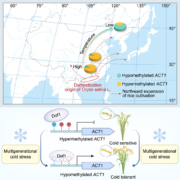
Transgenerational epigenetic cold tolerance in rice
Plant Science Research WeeklyAs rice has expanded northwards from its center of origin, it has been exposed to deeper and longer periods of cold. Male fertility is particularly sensitive to cold. Song et al. designed a clever strategy to study mechanisms of cold tolerance. They subjected meiotic-stage cold-sensitive rice varieties…
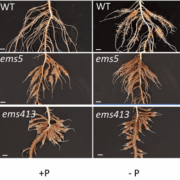
Bidirectional root-shoot signaling via CCR1 regulates cluster root and nodule development in legumes
Plant Science Research WeeklyLegume plants are renowned for their ability to form symbiotic relationships with nitrogen-fixing bacteria (rhizobia) in specialized root tissues called nodules. This symbiosis enables the conversion of atmospheric nitrogen into ammonia, a form of nitrogen that plants can readily use for growth. This…
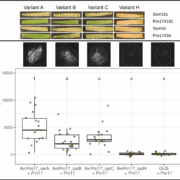
Molecular epidemiology of European wheat powdery mildew
Plant Science Research WeeklyAt the height of the Covid pandemic, epidemiologists carried out mass sequencing of the circulating virus populations to track their movements and the emergence of new variants. Such molecular epidemiological studies are rarer for plant pathogens but can be equally effective in learning about their patterns…
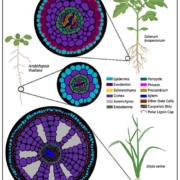
Review: Lost in translation – lessons from concepts that don’t translate from Arabidopsis
Plant Science Research WeeklyThe May 2025 issue of The Plant Cell has a focus on Arabidopsis and how this simple model plant has had an outsized impact on our understanding of pretty much everything botanical (and beyond). Alongside several articles highlighting this impact, this review by Roeder et al. features eight short vignettes…
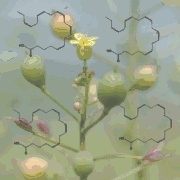
Update: How to eat an idea (and translate genes to products)
Plant Science Research WeeklyPlant biologists are critical players in the pursuit of crop enhancement and other real-world solutions to today’s pressing problems, yet few of us know how to translate our research into tangible economic or social benefits. This useful and engaging article by Jonathan Napier walks us through the…
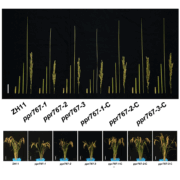
PPR767 controls mitochondrial RNA editing to regulate growth and drought tolerance in rice
Plant Science Research WeeklyMitochondria are vital energy-producing organelles that depend on precise RNA processing for function. In this study, Peng et al. identify PPR767, a mitochondria-localized E-type pentatricopeptide repeat (PPR) protein in rice, as a key regulator of plant architecture and drought tolerance. Loss-of-function…
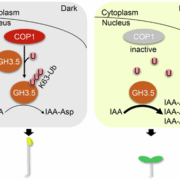
Beyond degradation: COP1 fine-tunes plant growth through non-destructive protein tagging
Plant Science Research WeeklyIn the dark (e.g., under soil), hypocotyls elongate, but when exposed to light, they stop elongation. The biosynthesis of the plant hormone auxin is implicated in the elongation of hypocotyls in the dark. In the light, however, auxin action is inhibited, thereby limiting hypocotyl elongation. The E3…
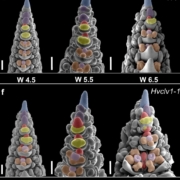
When CLV walked in fields of gold
Plant Science Research WeeklyA recent study by Vardanega et al. focuses on the development of the unique barley inflorescence architecture and unveils key molecular controls underlying meristematic determinacy. The CLAVATA3/EMBRYO SURROUNDING REGION-related (CLE) – CLAVATA1 (CLV1) interaction has been tied to meristem size and…
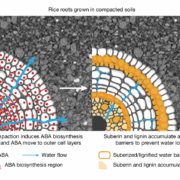
Untangling cell-specific root responses to stress
Plant Science Research Weekly, UncategorizedSingle-cell technologies have brought our understanding of complex tissues to whole new levels. Previous methods showed how gene expression in tissues changes over time or after challenges, whereas now these patterns can be assigned to specific cell types, revealing intricate, elegant processes. Here,…

